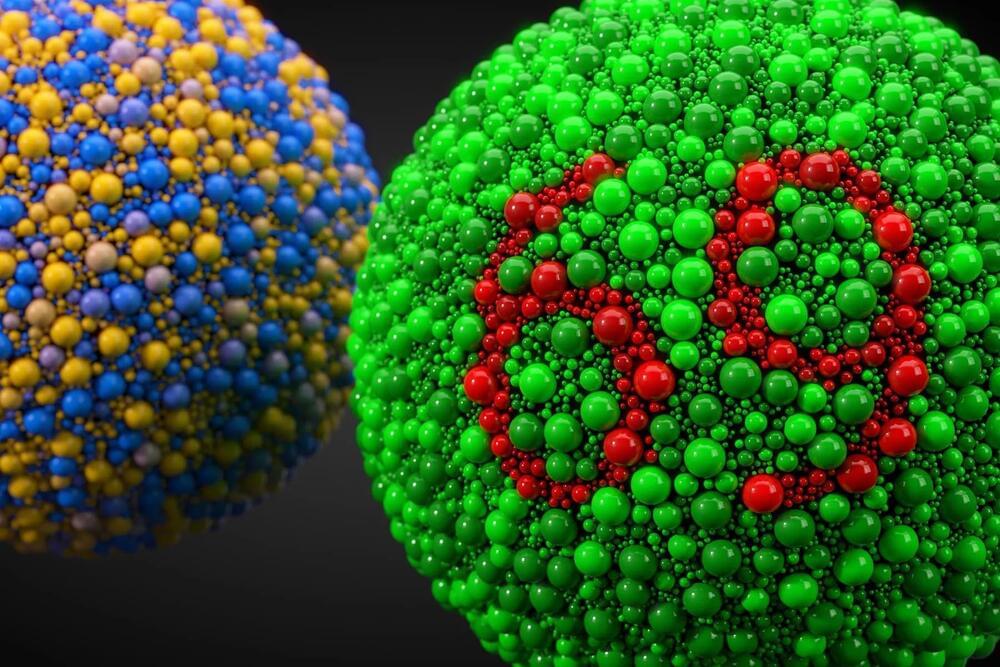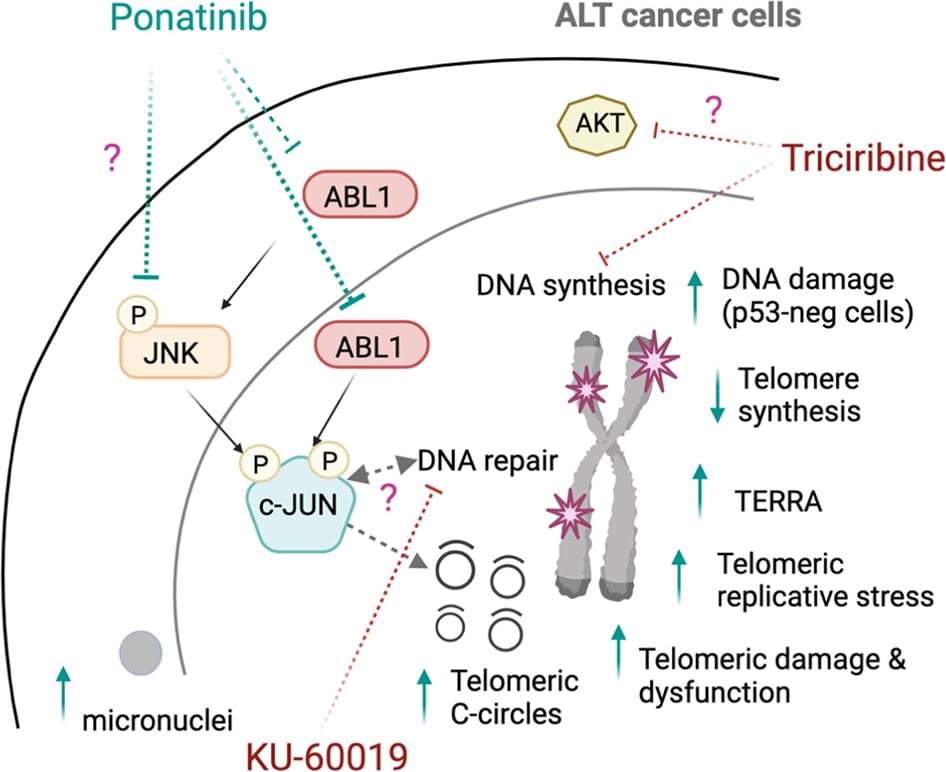Advanced neuroprosthetics are here, and they could hook our brains into the Internet of Things.
Category: biotech/medical – Page 1,044

Scientists working on ‘universal’ flu vaccine that could last years
Wouldn’t it be nice to get a flu shot that could last for years? Researchers are actively working on a so-called “universal” flu vaccine.

New Study Paves Way For Personalized Medicine For Infections
Researchers at Tel Aviv University (TAU) say they have identified two key components of the body’s immune response to severe infectious disease, potentially paving the way for personalized and more effective treatments in the field of infectious diseases.
An infectious disease is caused by a microorganism such as a bacterium or a virus entering the body and causing damage to the cells. These cells can also be damaged by the immune system fighting the infection, such as in the case of inflammation.
The body’s reaction to infection has previously been viewed as a monolithic unit, but now the TAU researchers have been able to locate two main markers in the blood that are triggered by infection.

Hybrid Model for RNA Bioprocessing
When asked how this model can cover such a broad scale, Xie says, that it “is rooted in the integration of mechanistic modeling and ML statistical methods, which allows the model to provide a more comprehensive and nuanced understanding of various aspects of RNA and related processes, while quantifying uncertainties due to limited knowledge.”
For example, she explains that, “The mechanistic aspect of the model captures intricate physical and chemical properties at the atomic level, which supports a deep understanding of the underlying biological processes, and the machine-learning element can effectively capture patterns in complex datasets—such as molecular simulations and single-molecule fluorescence microscopy time-course data—and learn relationships that might not be explicitly described in existing mechanistic models.”
In addition to helping scientists better understand the fundamental biology of RNA, the Northeastern team’s hybrid model promises many commercial benefits in the production of monoclonal antibodies, cell and gene therapies, and mRNA vaccines. As Xie says, “It can advance the knowledge of RNA manufacturing mechanisms and guide simultaneous design/control strategies at different levels, such as RNA sequence selection and specifications of critical quality attributes, with less experiments.”

Existing cancer drug ponatinib could be repurposed to fight certain aggressive cancers
A team of scientists led by Nanyang Technological University, Singapore (NTU Singapore) has found that an existing cancer drug could be repurposed to target a subset of cancers that currently lack targeted treatment options and are often associated with poor outcomes.
This subset of cancers makes up 15% of all cancers and is especially prevalent in aggressive tumors such as osteosarcoma (bone tumor) and glioblastoma (brain tumor).
These cancerous cells stay “immortal” using a mechanism called the alternative lengthening of telomeres (ALT), but the team has demonstrated that ponatinib, a cancer drug approved by the US Food and Drug Administration, blocks key steps in the ALT mechanism that leads it to fail.

Demystifying the Art of Stem Cell Isolation and Picking
Stem cells are valuable to a wide range of biomedical and pharmaceutical research applications because of their high self-renewal and differentiation potential. But working with human stem cells is not easy. For starters, they are high-maintenance and expensive to culture. They also need to be constantly monitored, to ensure they remain pluripotent, viable and homogeneous. In order to set yourself up for success, firstly, you need a precise and gentle way to isolate stem cells.
Challenges of stem cell isolation
Stem cells are cultured in the lab using specialized “recipes” that vary depending on the application. For example, adult cells can be reprogrammed into pluripotent stem cells (iPSCs) by adding cofactors like Oct3/4, KLF4, Sox2 and c-Myc1. Along the way, stem cells are isolated for routine testing to make sure they have the expected features.

Haunting Message in a Bottle From Cancer Patient Washes Up in Florida: ‘I Am Now Gone’
Stumbling across seashells and sea creatures is commonplace while on a trip to Florida, but finding a message in a bottle seems like something straight out of a storybook.
Brent Coleman, his 13-year-old son Garrison, and his friend, 13-year-old Lane McCall, had traveled from Georgia for a vacation when they came across a bottle while walking on Bradenton Beach, as reported by WFLA.
Inside the bottle was a handwritten note from a man named Howard Brown. He had written that he would have loved to live a life in Florida with his wife of 57 years, but “cancer had other plans.” The note continued, stating that by the time someone found the bottle, he would be gone.

Making headway in precision therapeutics with novel fully organic bioelectronic device
As researchers make major advances in medical care, they are also discovering that the efficacy of these treatments can be enhanced by individualized approaches. Therefore, clinicians increasingly need methods that can both continuously monitor physiological signals and then personalize responsive delivery of therapeutics.
Implanted bioelectronic devices are playing a critical role in these treatments, but there are a number of challenges that have stalled their widespread adoption. These devices require specialized components for signal acquisition, processing, data transmission, and powering.
Up to now, achieving these capabilities in an implanted device has entailed using numerous rigid and non-biocompatible components that can lead to tissue disruption and patient discomfort. Ideally, these devices need to be biocompatible, flexible, and stable in the long term in the body. They also must be fast and sensitive enough to record rapid, low-amplitude biosignals, while still being able to transmit data for external analysis.
Wearable Device Predicts Stroke, Saving Crucial Treatment Time
An Israeli startup has developed a wearable device that can predict the likelihood of an imminent stroke through changes in the carotid artery’s blood flow, potentially helping early intervention and preventing disablity.
Strokes are most commonly caused by a clot blocking the essential supply of blood to the brain, and according to the World Health Organization are the second leading cause of death and the leading cause of disability across the globe.
Over 100 million people have experienced a stroke worldwide, with one in four adults experiencing one in their lifetime. And for 50 percent of them, that means some form of lasting disability.